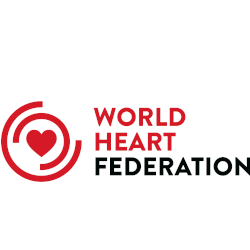Review
Genetic Effects on the Correlation Structure of CVD Risk Factors: Exome-Wide Data From a Ghanaian Population
Abstract
Plasma concentration of plasminogen activator inhibitor-1 (PAI-1) is highly correlated with several cardiovascular disease (CVD) risk factors. It also plays a direct role in CVD, including myocardial infarction and stroke, by impeding the dissolution of thrombi in the blood. Insofar as PAI-1 links CVD's risk factors to its endpoints, genetic variants modulating the relationship between PAI-1 and risk factors may be of particular clinical and biological interest. The high heritability of PAI-1, which has not been explained by genetic association studies, may also, in large part, be due to this relationship with CVD risk factors. Using exome-wide data from 1,032 Ghanaian study participants, we tested for heterogeneity of correlation by genotype between PAI-1 and 4 CVD risk factors (body mass index, triglycerides, mean arterial pressure, and fasting glucose) under the hypothesis that loci involved in the relationship between PAI-1 and other risk factors will also modify their correlational structure. We found more significant heterogeneities of correlation by genotype than we found marginal effects, with no evidence of type I inflation. The most significant result among all univariate and multivariate tests performed in this study was the heterogeneity of correlation between PAI-1 and mean arterial pressure at rs10738554, near SLC24A2, a gene previously associated with high blood pressure in African Americans.


